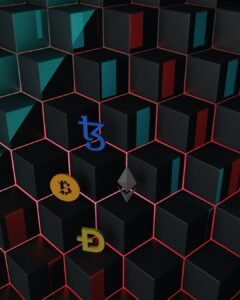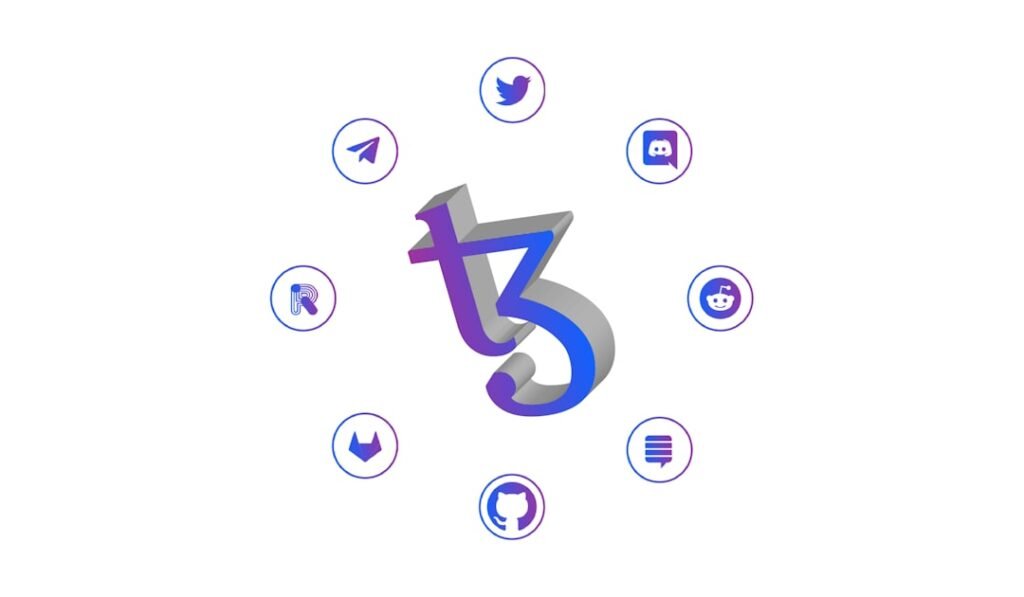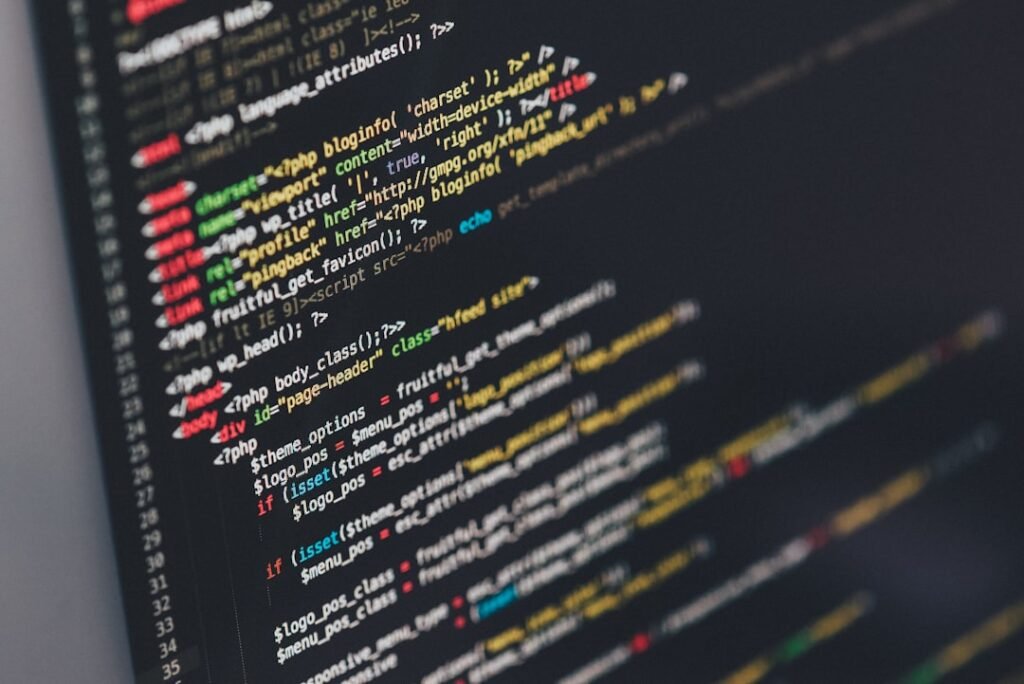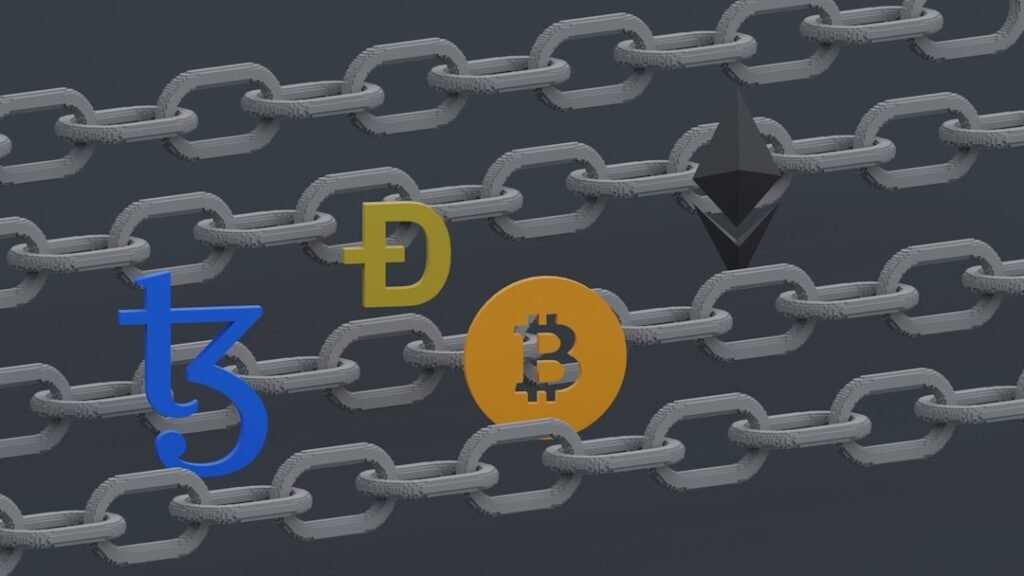Demystifying Blockchain: The Simple Truth Behind the Tech Buzz
Let's cut through the jargon. You've heard "blockchain" tossed around with Bitcoin, Ethereum, and crypto, leaving you wondering: what is it, really? Despite years in the spotlight, confusion reigns. Let's strip it back to its bare bones, explained so simply anyone can grasp it.
First, What Blockchain is NOT (Seriously, Stop Saying This!)
- Bitcoin is NOT blockchain. Blockchain is NOT Bitcoin.
- Ethereum (or any crypto) is NOT a blockchain.
- Crypto is NOT blockchain. Blockchain is NOT crypto.
- A distributed ledger is NOT blockchain. It uses blockchain technology.
Using these terms interchangeably is like calling "the internet" your email app. It misses the core concept entirely.
So, What Is It? Think Abstractly
At its absolute core, blockchain is an abstract concept. The name gives a surprisingly good clue: it's a chain of blocks.
But blocks of 哪些? Think blocks of information. Imagine pages in a notebook. Each page (block) has some data written on it.
The chain part means these information blocks are linked together in a specific, unbreakable order. Think of those old notebooks with metal rings holding the pages. You can flip from one page to the next or the previous one by following the rings. That's the "chain" – it defines the sequence and connection.
So, simply put: A blockchain is a chain of information blocks. These blocks are linked together in a specific, sequential way.
Why Does Everything Get Called "Blockchain" Then?
Good question! The concept of blockchain became famous. This abstract idea of chained information blocks can be implemented technologically in different ways. These technological implementations have applications. One powerful application happens to be fantastic for creating systems where many separate parties hold the exact same copy of information and update it identically.
Blockchain technology forms the foundation for networks like Bitcoin and Ethereum. That's why people call those networks "blockchains," even though, strictly speaking, they are implementations using blockchain technology. Knowing this difference – the concept vs. the application – is crucial before throwing the word around.
How Cryptocurrencies Work: The Leaf Pile Metaphor (No Tech Speak!)
Imagine a group of friends starting a tiny economy using leaves as currency. Rules:
- There's one big pile of special leaves (the total supply). No one touches it directly.
- Leaves are only given to someone if the majority of the group agrees they deserve them (e.g., for doing a chore). No new leaves will ever be added.
- Every person has an identical notebook (ledger). Each notebook records exactly who has how many leaves. This shared, identical record is vital for trust.
Making a Transaction (Sending a Leaf):
- John wants to give Amy one leaf.
- The group gathers.
- Everyone checks their notebook: Does John 真的 have at least one leaf? (Verification)
- If the majority's notebooks show John has a leaf, it's approved.
- Everyone updates their notebook: Subtract 1 leaf from John, add 1 leaf to Amy.
- Everyone checks each other's notebooks again. If the majority now have matching updates, Amy gets the leaf.
This is cryptocurrencies in a nutshell. The "group" is a network of computers. Each computer holds the same database (the notebook). This shared, synchronized database across many independent computers is a distributed ledger.
- Nodes = The computers in the network.
- Ledger/Database = The notebook.
- Blocks = The pages in the notebook. At set intervals, new transactions are grouped into a new "page" (block).
- Transactions = Commands like "John sends 1 leaf to Amy."
- Decentralization (Sometimes): Because no single computer controls the ledger (many copies exist), some (not all!) cryptocurrencies are decentralized.
Key Takeaway: The magic is in the shared, identical ledger maintained by many independent participants, agreeing on changes through consensus (majority agreement in this metaphor).
Where Blockchain Technology Fits In: Proving the Truth
So, we have many computers holding the same data. But how do you trust that data? How do you know the current state (e.g., John has 0.5 leaves, Amy has 0.5 leaves) is correct? You need to see the history – how it got from the starting point (John has 1 leaf) to now.
Blockchain is the solution for proving the ledger's history is accurate and untampered.
Remember the "chain of blocks"? Each new block of transactions doesn't just get added randomly. It is cryptographically linked to the block that came 之前 it. This link creates a clear, verifiable sequence – a history book.
Anyone can:
- Start with a state they trust (e.g., the very first block, "John has 1 leaf").
- Apply the transactions from Block 1 ("John sends 0.5 to Amy").
- Calculate what the new state should be (John: 0.5, Amy: 0.5).
- Compare their calculated state to the state recorded in Block 1. If it matches, Block 1 is valid.
- Move to Block 2, using Block 1's validated state as the new starting point, and repeat.
This ability to trace and verify the entire history, step-by-step, relying on cryptographic links, is the core power of blockchain technology within these distributed systems.
How the Linking Works: The Magic of Hashing (Simplified!)
How do you link a block to the one before it and prove its contents haven't changed? Enter the hash.
- A hash is a unique digital fingerprint. Think of it as a complex lock.
- You take 所有 the information in a block (the transactions + some other important bits, including the hash of the previous block) and run it through a special mathematical function.
- This function spits out a fixed-length string of seemingly random letters and numbers: the hash. This is the unique fingerprint for that specific data.
- 最重要的是
- Change anything in the block – even one letter in one transaction – and the hash changes completely.
- Run the same, unchanged data through the function again, and you get the exact same hash every time.
The Blockchain Process in Action:
- Genesis Block: The first block. It has an initial state (e.g., "John has 1 Bitcoin"). It calculates its own hash based on this data.
- Block 1: Contains:
- New transactions (e.g., "John sends 0.5 BTC to Amy").
- The hash of the Genesis Block (linking them).
- After applying the transactions, it calculates the new state of the ledger (John: 0.5 BTC, Amy: 0.5 BTC).
- It calculates its 自己 hash using: the new transactions + the Genesis Block's hash + the new state hash (or equivalent data depending on the system).
- Block 2: Contains:
- New transactions.
- The hash of Block 1 (linking them).
- The new state after its transactions.
- Its own hash (calculated using: its transactions + Block 1's hash + the new state).
Verification by a Participant:
- A computer receives Block 1.
- It knows the Genesis Block's state and hash are correct (trusted starting point).
- It applies Block 1's transactions to the Genesis state. It calculates what the new state should be.
- It calculates what Block 1's hash should be, using the data it just processed (transactions, previous hash, new state).
- It compares its calculated hash for Block 1 to the hash that came with Block 1.
- If they match: The block is valid! The state it calculated is correct. It updates its ledger and trusts Block 1. It then uses Block 1's validated state as the base for verifying Block 2, using the same process.
This cryptographic linking via hashes creates an immutable chain. Tampering with any block would change its hash. Because the next block contains the old (now incorrect) hash of the tampered block, the mismatch would be immediately spotted during verification. To successfully tamper, you'd need to alter every single subsequent block and get the majority of the network to accept your fraudulent chain – computationally near-impossible in large networks.
The Essence: Why Blockchain Matters
- It's a Foundational Concept & Technology: Blockchain is the abstract idea of cryptographically linked information blocks in sequence. It's the tool used to build trust in distributed systems like Bitcoin.
- Linked Blocks with Proof: The chain consists of information blocks, each containing a cryptographic proof (hash) of its contents 和 its connection to the previous block. This hash is unique to the specific data within.
- Verifiable History & Trust: This structure allows anyone to start from a known point and verify the entire history of changes, mathematically proving the current state of the ledger is correct and hasn't been altered. It enables trust in a system without a central authority.
Blockchain isn't magic. It's a brilliantly simple concept – a chain of verifiable data blocks – implemented with cryptography to solve the fundamental problem of establishing trust and agreement in a decentralized network. Understanding this core demystifies the hype and reveals the true engine powering much of the crypto world and beyond. The "why" – the profound implications of decentralization, immutability, and transparency – is where the real revolution lies, built upon this elegantly linked chain.










